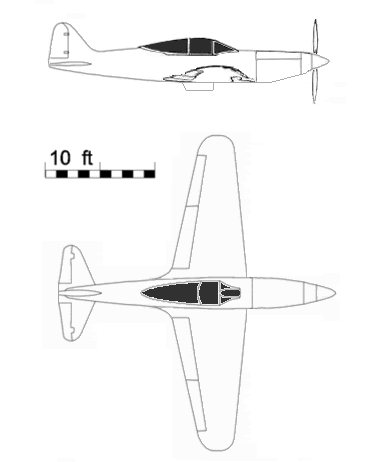You are not logged in.
Dear visitor, welcome to WesWorld. If this is your first visit here, please read the Help. It explains in detail how this page works. To use all features of this page, you should consider registering. Please use the registration form, to register here or read more information about the registration process. If you are already registered, please login here.
This post has been edited 2 times, last edit by "Carthaginian" (Feb 28th 2008, 2:08am)
Quoted
Originally posted by Hrolf Hakonson
First, how does the Siamese government intend the term "displacing" to be used? Light? Standard? Normal? Deep?
Quoted
Originally posted by Hrolf HakonsonSecond, is it the desire of the Siamese government to purchase newly constructed vessels, or to purchase used vessels?
Quoted
Originally posted by thesmilingassassin
The problem with flame throwers is, the operator can expect no mercy from his enemy's, even if he surrenders. It was quite common in WW2 for flame thrower operators to be shot out of hand.
Quoted
Its not really a good enough reason to stop using them though. They'll be extremely useful weapons in the jungle country.
This post has been edited 1 times, last edit by "AdmKuznetsov" (Mar 4th 2008, 12:04pm)
Quoted
Originally posted by AdmKuznetsov
Quoted
Its not really a good enough reason to stop using them though. They'll be extremely useful weapons in the jungle country.
And politically disasterous if employed in a war of aggression.
Wars are won by good politics, far more than by good tactics.
This post has been edited 1 times, last edit by "Commodore Green" (Mar 4th 2008, 12:41pm)
Quoted
Originally posted by AdmKuznetsov
And politically disasterous if employed in a war of aggression.
Wars are won by good politics, far more than by good tactics.
This post has been edited 2 times, last edit by "AdmKuznetsov" (Mar 4th 2008, 3:32pm)
Quoted
*Siam is looking for a 1.) a small, inexpensive fighter,
1. should have a competitive speed, but should be maneuverable enough to defend against the most modern aircraft.


Quoted
Originally posted by AdmKuznetsov
What explains the success of Bismark's wars, and the failure of his successors? Both had at their disposal tactically excellent armies. But Bismark chose to wage his wars for limited objectives, with limited means carefully budgeted, against a very short list of carefully selected and carefully isolated enemies.
His successors didn't.
Forum Software: Burning Board® Lite 2.1.2 pl 1, developed by WoltLab® GmbH
